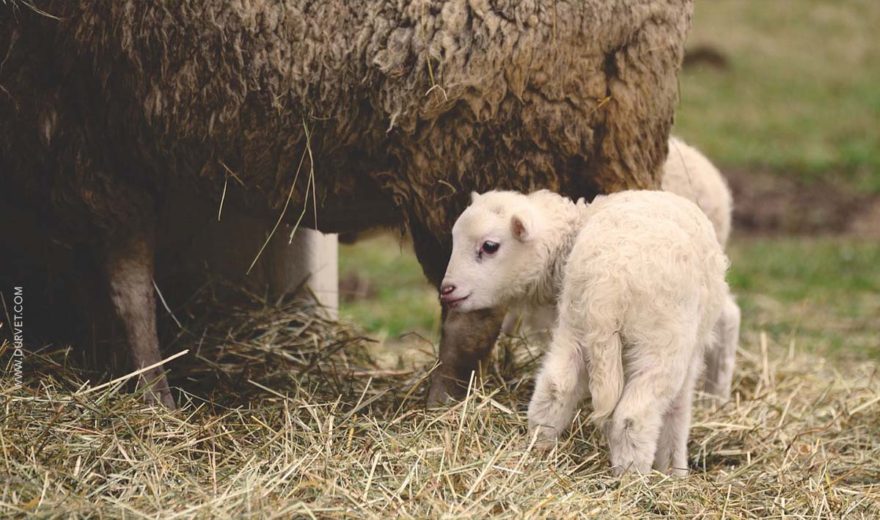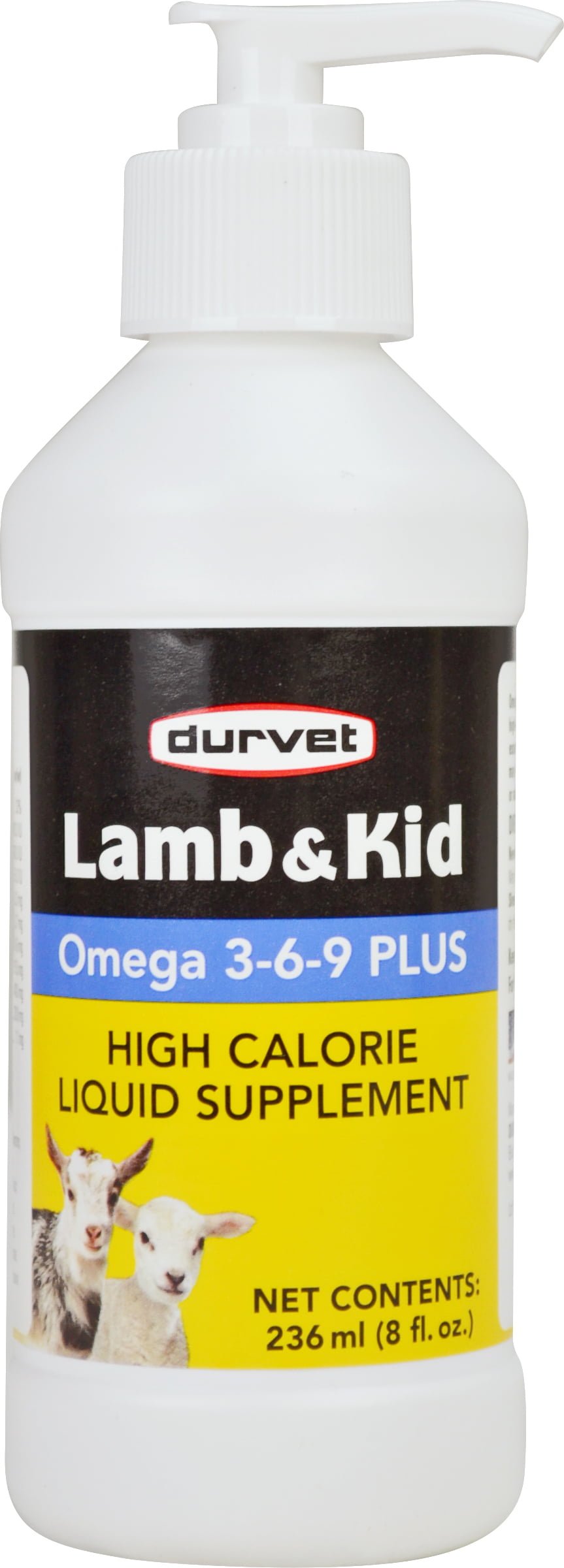
Proper care of newborn lambs is essential, especially if they are born in unfavorable weather conditions. Nearly 20% of newborn lambs die before weaning, with 80% of deaths occurring in the first 10 days. With the market value of newborn lambs and breeding stock, you want to limit losses as much as possible and ensure newborn lambs survive past weaning. The top causes of death in lambs are starvation, hypothermia from cold stress, respiratory disease and scours. A good lambing time-management plan coupled with proper care techniques can greatly help to improve newborn lamb survival.
It is very important lambs get dry as quickly as possible after birth. During freezing winter months, it is even more important. If necessary, help the mom dry the baby with a clean towel. The lambs ears are especially susceptible to frostbite during cold weather. If the lamb is chilled, it may be necessary to move them to a hot box to warm up. Place your finger in the lambs mouth before feeding, if it is still chilled then they must be warmed up before feeding.
Nutrition plays a critical role in survivability of lambs. Newborns should get colostrum as quickly as possible. They should consume at least 1-2 ounces of colostrum per pound of body weight. If the newborn has not nursed, it is a common practice to use a lamb stomach tube to deliver colostrum following birth to ensure the lamb gets enough antibodies. These tubes can be purchased online or at your local feed store. Make sure ewes are in good body condition and have adequate amounts of feed with the correct amount of protein, energy and minerals to keep them healthy and allow them to produce lambs that are adequate in size.
Navels should be dipped in iodine to prevent infection and reduce the risk of navel ill. Navel ill occurs when bacteria enters the umbilical cord and causes an infection. Symptoms can include swollen joints, pericardial infections and liver abscesses.
Top Tips to Give Your Newborn Lamb a Strong Start:
- Make sure the lamb and mother are well bonded.
- Dry off the lamb as quick as possible.
- Treat the navel cord with iodine within 15 minutes of lambing.
- Check the lamb to make sure it has suckled and ingested an adequate amount of colostrum.
- Ensure the ewe has an adequate milk supply.
- Keep everything as clean as possible.
Producers should have a lambing plan in place and equipment on hand to help newborns survive during cold weather. Taking time to pay close attention to these details before lambing can mean a big return in the number of lambs that survive past weaning. Once lambs are dry and nursing well, there is much less risk of starvation or hypothermia.
Sources: Michigan State University, South Dakota State University Extension, PennState Extension

 BACK TO MAIN BLOG
BACK TO MAIN BLOG 

Comment